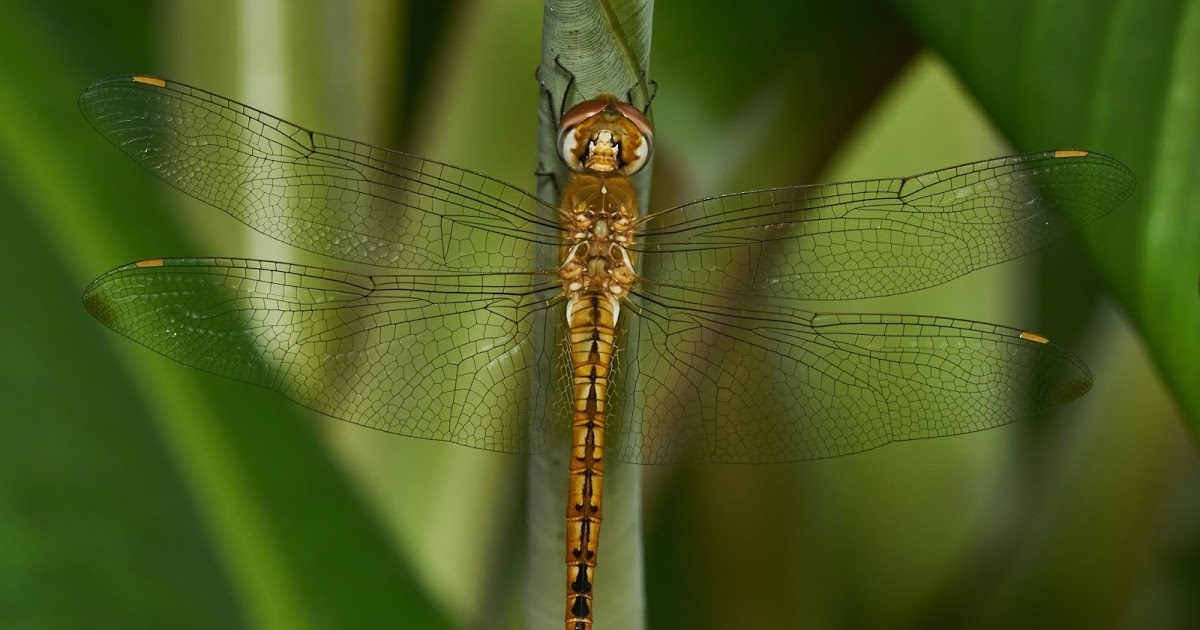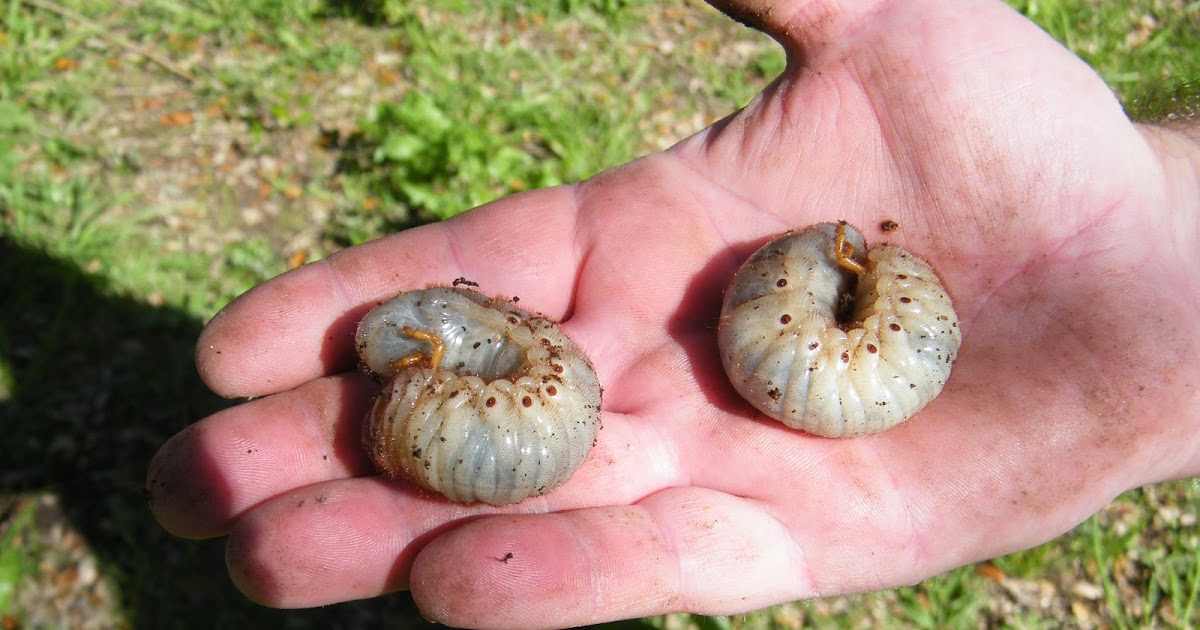Edible Insects And Their Health Benefits
Dragonflies

These mosquito predators are able to fly roughly twenty-five to thirty miles per hour. In Indonesia, a traditional method for catching dragonflies is to dip a reed into palm sap and wave the reed through the air to snag a dragonfly's wing on the sticky sap. Most children are taught how to catch dragonflies. Both Indonesia and China eat dragonflies regularly and they can be found boiled or dipped in batter and fried in coconut oil, then eaten like candy. Most individuals state dragonflies taste like soft-shelled crab. Like many other insects, dragonflies are quite nutritious and include high amounts of protein, and are low in fat (particularly saturated fat), which makes them generally healthy to consume.
Grubs

One of the most popular edible insects is the Witchetty grub, an insect native to Australia. Grubs can be raised at home, and they are considered a complete animal protein. A one hundred gram serving of grubs contains sixteen grams of protein and twenty-nine grams of fat. It is safe to eat raw grubs, and they are a traditional snack for Aborigines in Australia. Some individuals choose to cook grubs, and the flavor is similar to roasted chicken. Since eating insects involves eating the entire animal, including the exoskeleton, heart, and other internal organs, grubs and other edible insects provide a higher quality of protein than individuals could obtain from plants and other sources. Generally, insect protein is easier to digest than other types of animal protein, and this allows the body to maximize nutrient absorption from the meal. In addition, the exoskeleton, also known as chitin, is a form of prebiotic fiber that can help in balancing bacteria in the gut.
